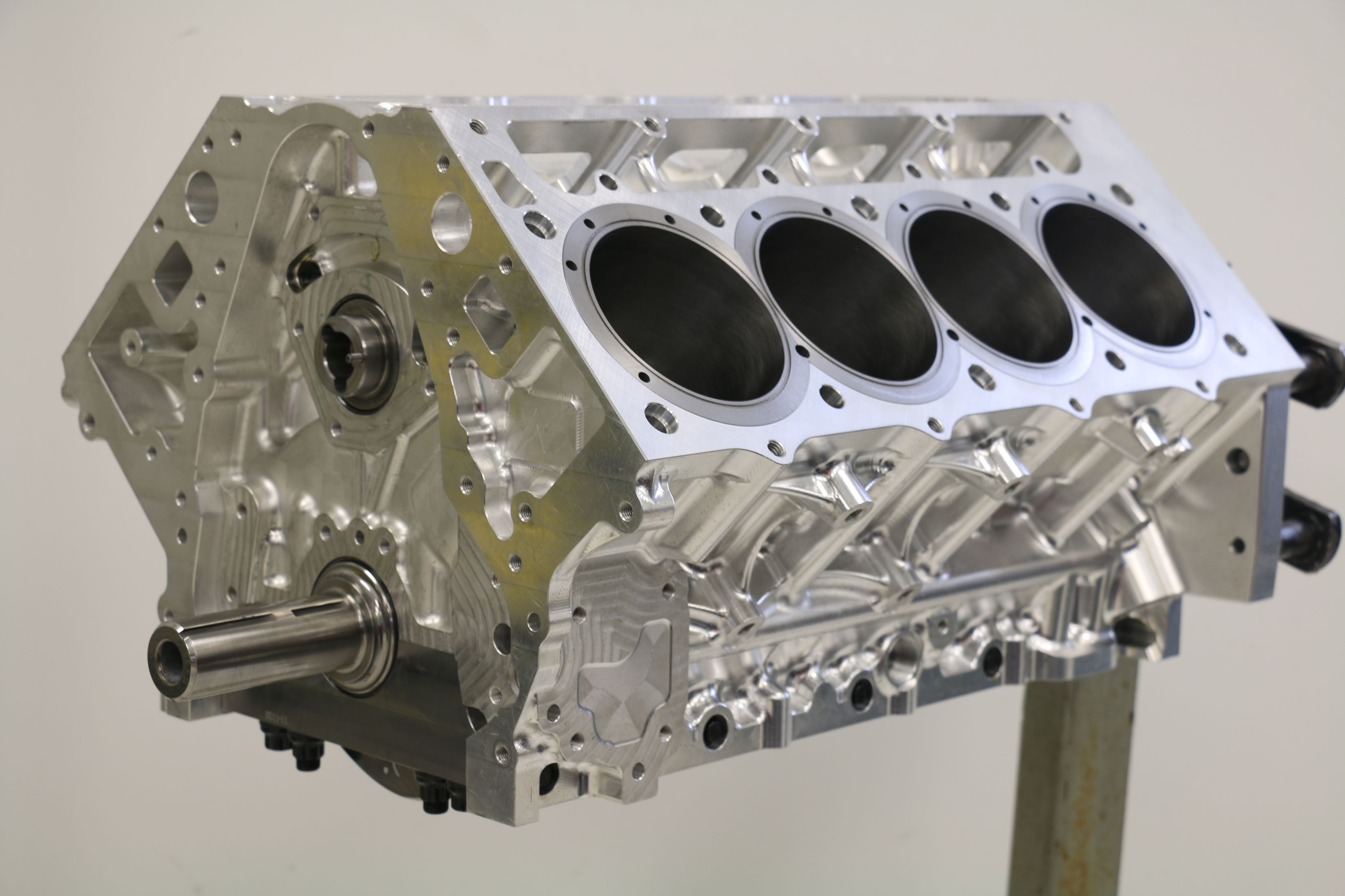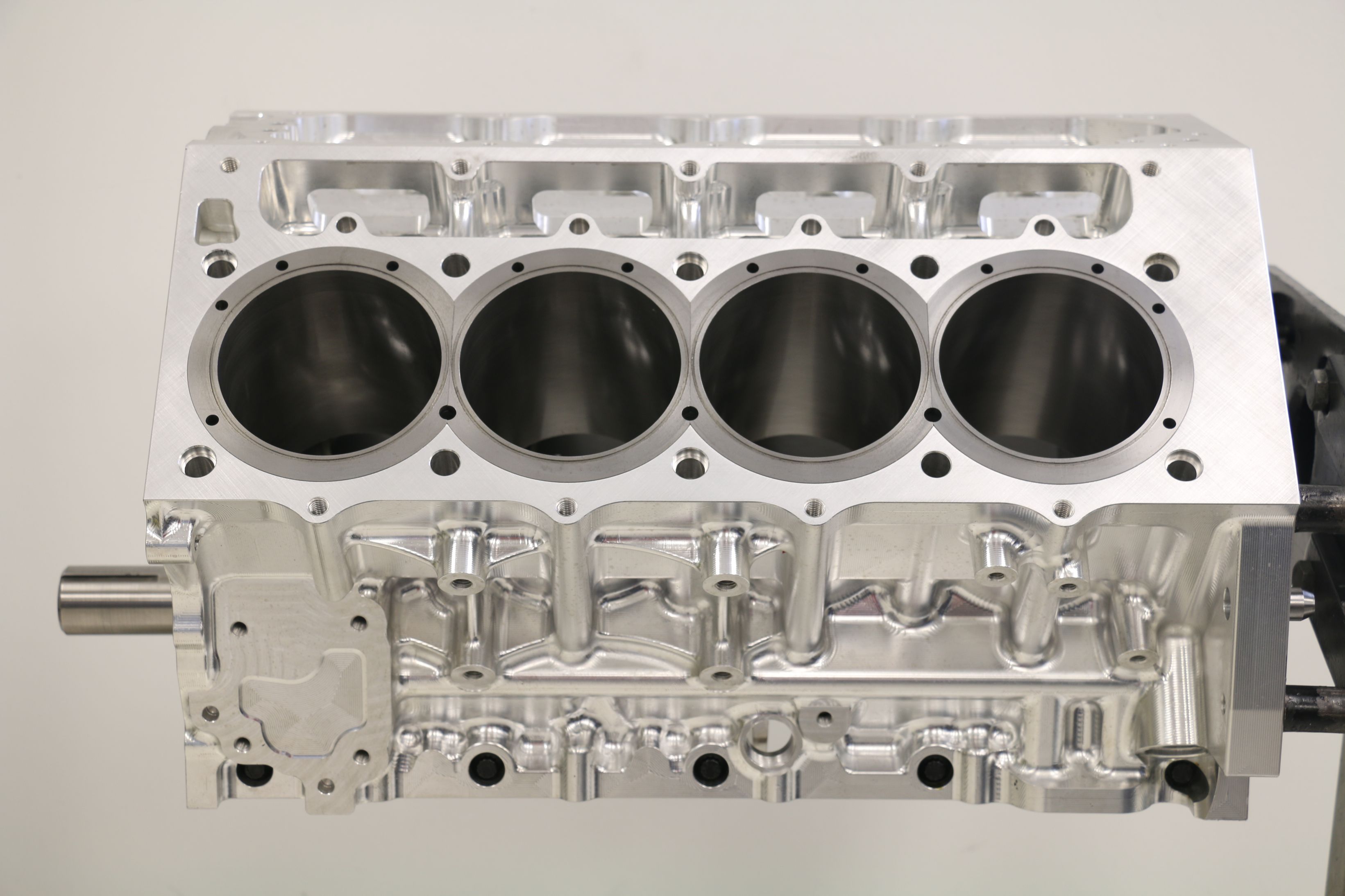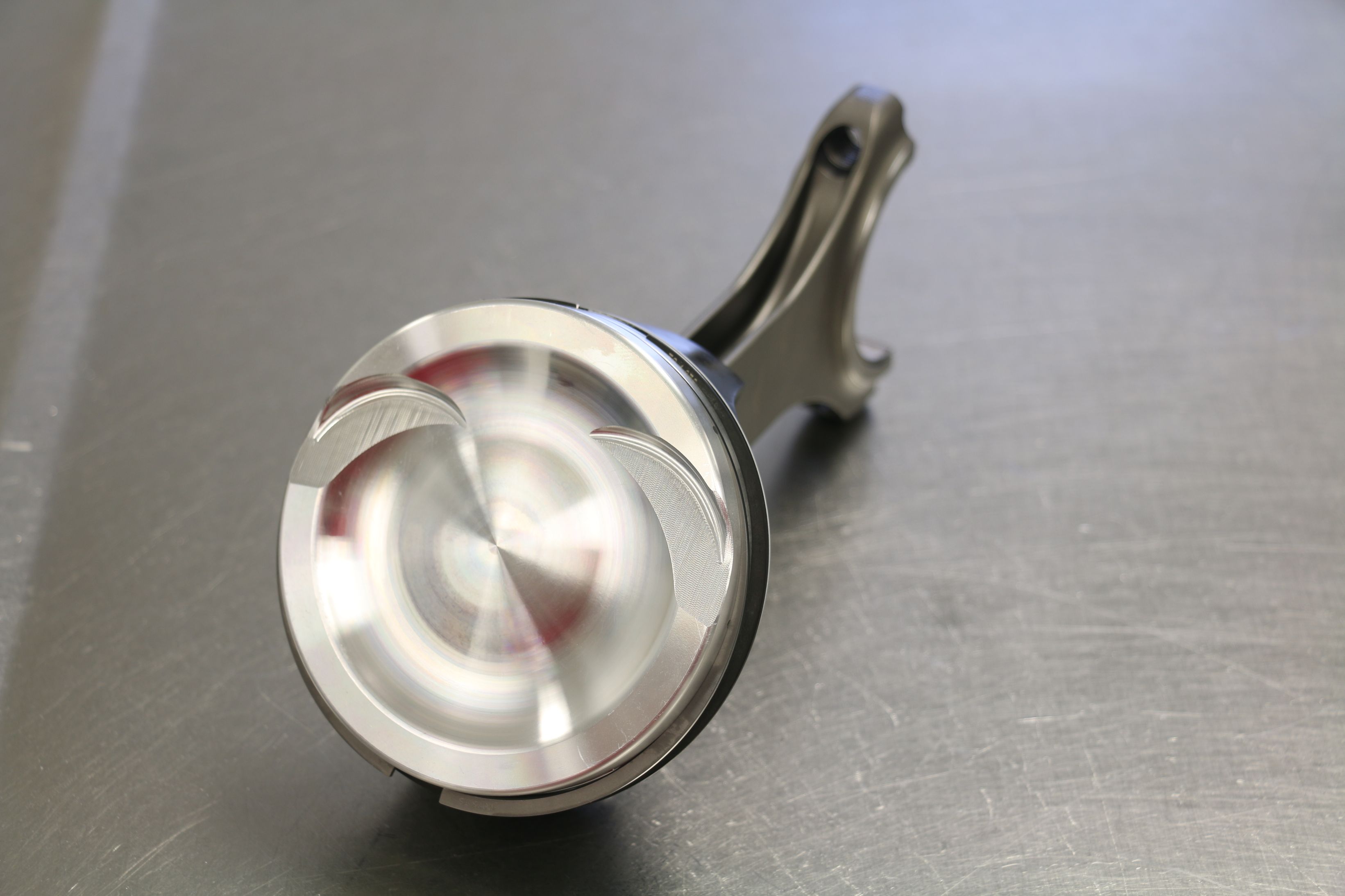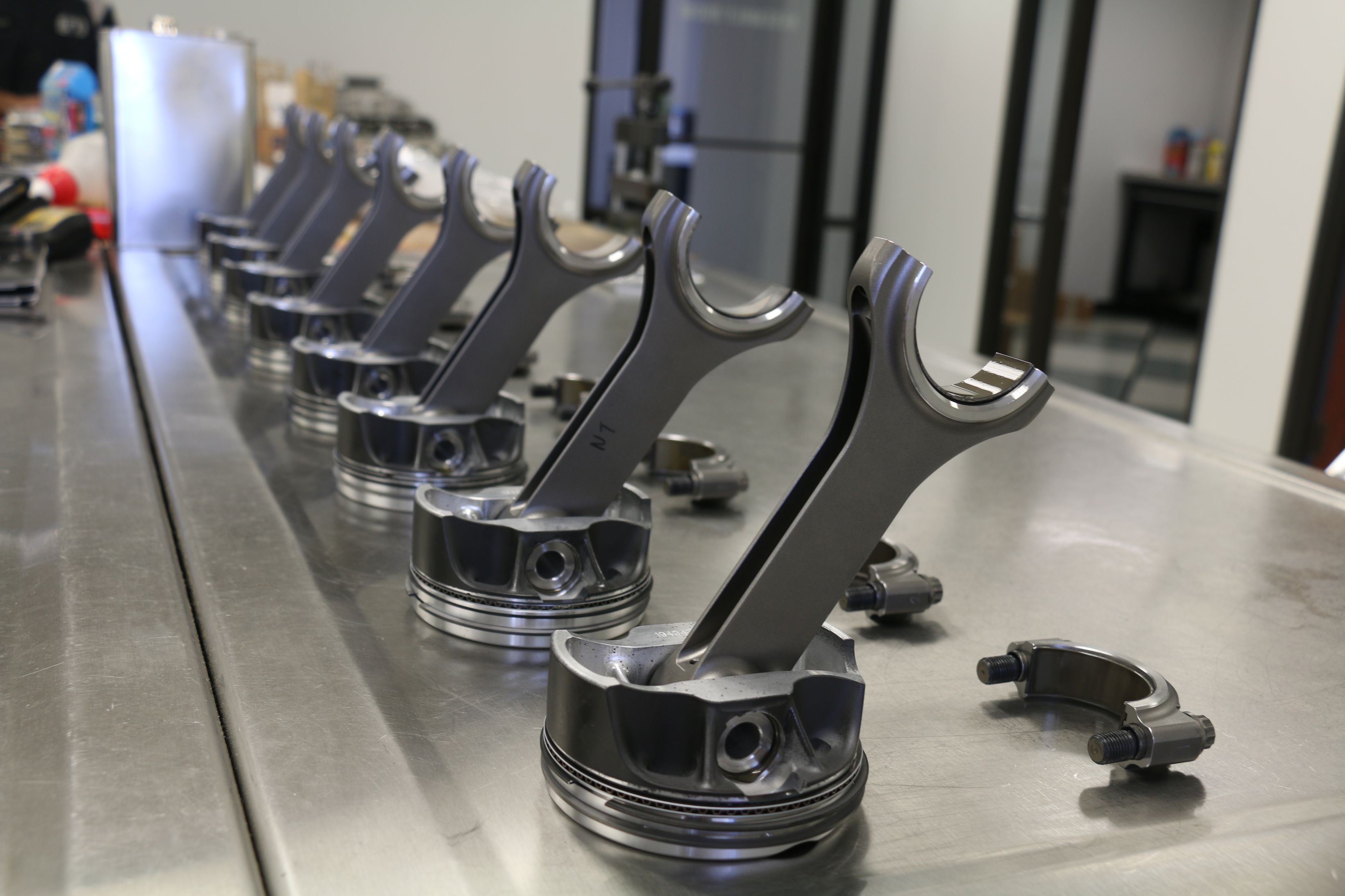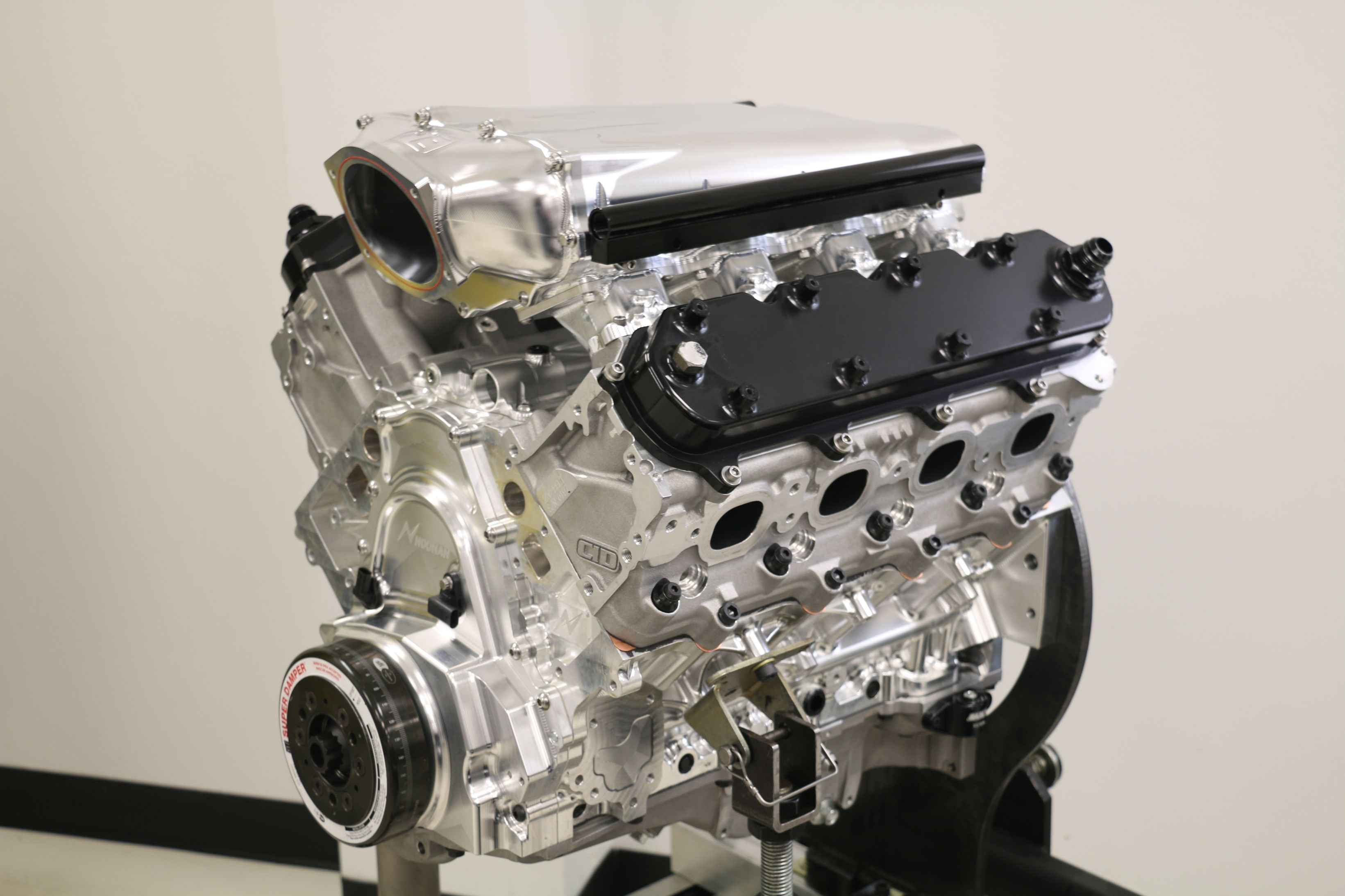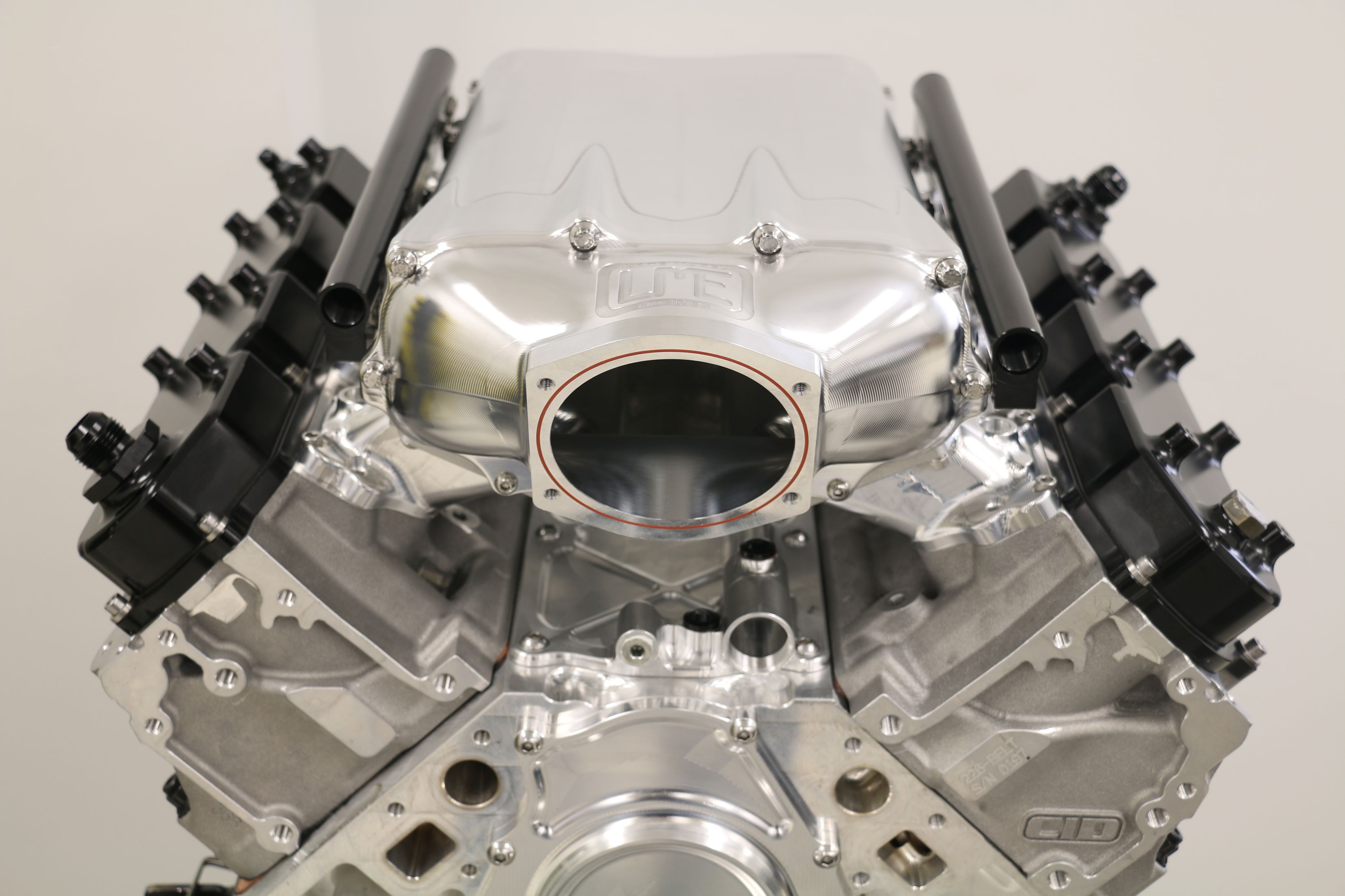Earlier this year, Tim King of TK Performance earned the title of the world’s quickest street-legal C7 Corvette when he laid down a personal best of 7.38-seconds at 184 mph during Street Car Takeover at Bradenton Motorsports Park in Florida. But King’s certainly not one to rest on his laurels, so he’s already set his sights on a new goal: breaking the 6-second barrier.
A 1/4-mile pass in the 6-second range is a feat in and of itself for almost any racer, but considering the fact that King’s C7 isn’t a particularly exotic build in comparison to the cars that typically run these kinds of numbers, it’s an especially ambitious target. So to help better his odds of success, King once again turned to the folks at Late Model Engines to develop a potent combination that could not only produce the power numbers he’d need to get there, but also do so reliably while sticking to the C7’s LT engine architecture.
To get a better sense of what that entails, we sat down with LME’s Bryan Neelen to get the low-down on the build, the strategy that guided the team’s approach, and some insight into what they’ll be bringing to the table next.
The Block
Much like the build we detailed last year, the foundation of this power plant is an LT-based mill with a 4.070-inch bore and a 4-inch stroke, in turn landing at an identical 416 cubic-inch displacement, but that’s largely where the block similarities end. To take the LT architecture a step further, LME brought the specs for a new billet block design to the folks at Noonan Race Engineering to create an LT-based motor that could reliably handle the level of abuse that King is expected to dish out.
Along with the strength benefits provided by a billet piece, this new block features a number of improvements over a factory casting that are aimed directly at motorsport-caliber performance applications. Features like priority main oiling and billet main caps help to ensure that internal components are protected and the block holds together when subjected to the forces that two thousand horsepower can unleash. "The problem is there's all these power adders on the market and people are making so much power these days, it's actually pretty easy to get to the limitations of the factory block," Neelen says. "You can put the best parts you can find in there, but things can still happen at those power levels."
“If you’re making less than 1,500 wheel horsepower, I think the production block is a viable option,” says Neelen. “But if you’re starting at 1,500 and going up from there, it would definitely make sense for you to consider going the extra mile and getting the billet block because of the various benefits that are inherent to its design. A production block just isn’t as structurally sound, and for the guys that are being a little bit more realistic about their expectations when they’re making this much power, it can be worth it to make the extra initial outlay to avoid potential headaches.”
The highlights of the block read like a racer’s wish list. From the priority main oiling, billet main caps, and six head bolts per cylinder, to the high-quality billet aluminum block material, improved sleeve design, and 1/2-inch head and main studs, it’s a clear that this is a purpose-built block which is intended to handle big power for the long haul.
“When you sleeve a production block, you’re still left with a mass production piece,” Neelen points out. “At the end of the day, when you’re making 1,400, 1,500 horsepower or more, you’re still asking that design to do a lot more than it was originally intended for. A lot of things can happen at 1400 horsepower, and this new billet block is something that should comfortably handle over 2,000 horsepower.”
Why not use an existing LS-based billet block, you may ask? “Nobody’s been in the sixes with an LT-based engine yet, as far as I know, and that’s what Tim is shooting for,” Neelen tells us. “More than that, it’s also about staying true to what the car is, which means retaining direct injection while using a supplemental injector, using an LT cylinder head, and maintaining the general architecture.”
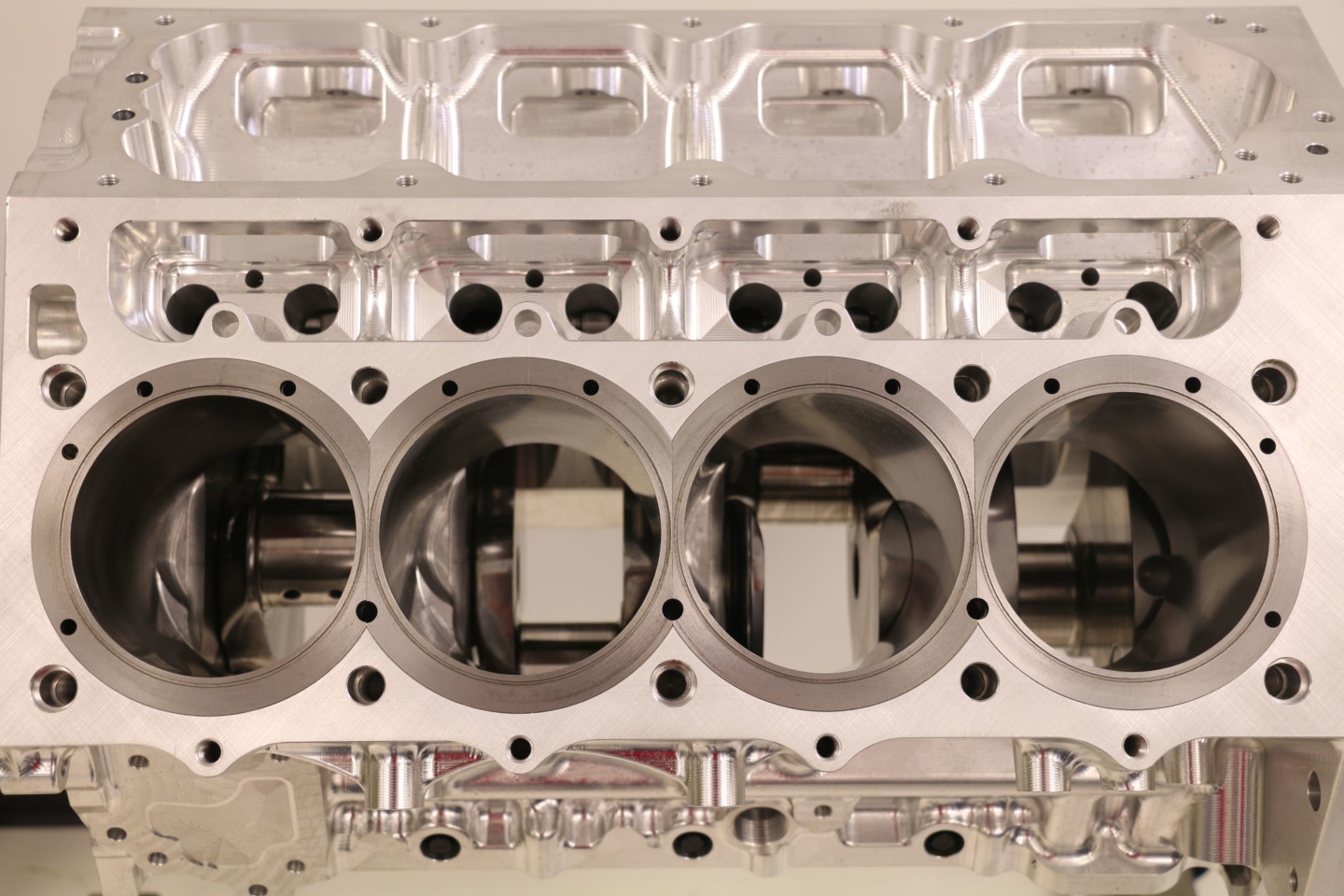
LS engines may be all the rage right now, but with GM still in the midst of LT development (as evidenced by the LT2 introduced in the C8 Corvette last summer), it’s likely just a matter of time before the Gen V small-block becomes the go-to option for racers and enthusiasts looking to build big power. And as more aftermarket companies develop hardware for these engines it should make the LT more attractive to enthusiasts and racers looking to make big power, but it also means many of them are going to discover the limitations of the factory casting the hard way.
But beyond retaining the spirit of the original platform, it’s also about pushing this new technology forward to support these high-horsepower builds that are becoming more commonplace by the day.
“About 1,500 horsepower seems to be the ceiling for the production LT block as a solid product,” Neelen says. “Anyone can do one glory pass down the track – this is for the guys who are looking to build something right the first time, and have it last.”
When you sleeve a production block, you’re still left with a mass production piece. At the end of the day, when you’re making 1,400, 1,500 horsepower or more, you’re still asking that design to do a lot more than it was originally intended for. A lot of things can happen at 1,400 horsepower, and this new billet block is something that should comfortably handle over 2,000 horsepower. – Bryan Neelen
The Combination
Neelen notes that Late Model Engines opted to use a factory oil pan, largely out of necessity.
“A lot of people on social media have been asking us why we went that route. Since we’re running a factory-style dry sump system, we needed a pan that had the required oil passages, and we also needed it to fit in a production C7 chassis. Right now there really just aren’t a lot of aftermarket offerings which would work here that offer any benefits over the factory pan while also working with the factory oil pump.”
Moving up to the rotating assembly, LME chose an eight-counterweight billet Callies crankshaft, 6.125-inch H-beam connecting rods from Dyers, and a custom-spec LS2K piston forging from Diamond with a .250-inch wall wrist pins and a Total Seal ring pack, while Clevite main and rod bearings help to keep things moving. And for the camshaft, LME turned to Cam Motion for a custom-spec, low-lash solid roller.
With plenty of boost in the mix, a stout rotating assembly is crucial. To that end, LME selected a custom-spec Diamond piston from their LS2K forging. Designed to support 2000 horsepower right out of the box, these fully strutted 2618 alloy forgings are paired up with a with .250-wall tool steel wrist pins, a Total Seal ring pack, and Dyers 6.125” H-beam connecting rods. A Callies 8-counterweight crankshaft helps to even out the bearing load distribution.
“The timing set is the our VVT-delete kit,” Neelen says. “That includes our billet front cover and the modified one-bolt cam gear to put the dowel pin in the correct location. Our front cover allows you to use any LT-VVT cam and make it a non-VVT piece – the dowel pin location is 6-degrees retarded to put it in the same position as the factory phaser.” Isky solid roller lifters, 7/16 to 3/8 tapered Manton pushrods, and Manton billet rockers are also part of the mix.
“In terms of head gaskets, we’re running a custom SCE copper gasket and a ‘Top Fuel’ hoop in the deck of the cylinder heads,” Neelen notes. “Instead of a normal O-ring, which typically has a split in it, this is one single piece and it’s a little more squared off, and that means there’s a bit more bite into the gasket. So you have a squared-off hoop and a square receiver groove, and the hoop pushes the soft copper gasket material into the receiver groove for a nice mechanical lock.”
The cylinder heads are a Competition Induction Designs (CID) casting with Late Model Engines’ custom CNC port work, and they’re outfitted with 2.125-inch titanium intake valves and 1.600-inch inconel exhaust valves, along with valve springs from PAC Racing. “It’s a substantially more rigid casting than the factory cylinder head,” Neelen explains. “It also allows for a much more aggressive exhaust port than you can get into a factory casting, so we were really able to open up the exhaust here.”

“All aspects of the porting, from the development work to the cutting, is done here at LME,” Neelen says of the ported CID cylinder heads, which he notes allow for much more aggressive exhaust porting than the factory heads will. With forced induction in mind, ARP 2000 head studs were chosen to help keep everything where it should be, while a ‘Top Fuel hoop’ in the deck helps to create a mechanical lock with the receiver groove with the SCE copper gasket sandwiched in between.
A Late Model Engines billet intake manifold with a 103mm opening rests atop those cylinder heads, which has been set up for the engine’s secondary port injection system. While the direct injection system has a number of benefits in milder applications, the technology is limited when the power numbers climb to these levels.
“It’s really a matter of fuel volume,” Neelen says. “Direct injection is great – up to a point. A lot of guys are using it at up to about 800 horsepower, and beyond that they either blend in or switch to port injection. Right now, there just aren’t as many offerings for DI injectors with higher flow rates, and costs are much higher.”
The Result
King’s most recent forced induction setup consists of two 76mm Precision turbos set to deliver 28-pounds of boost. Although the team is still getting everything dialed in, the preliminary results with the new combination look promising. “He’s already made 1,800 horsepower with it, and he told us that it wasn’t even turned up yet,” Neelen says. “This thing is intended to make over 2000 horsepower at the wheels, so we’d expect that’s coming.”
"You could put this engine in any random car with a ProCharger F1X and it would be amazing," Neelen points out. "If you max out that F1X, you could easily make 1600 horsepower. So if someone calls me and says they want to do that and they're looking for a really nice engine to do that with reliably, this engine combination is exactly what I would recommend. If you try to do that with a production block, well, your mileage may vary. It's just not as structurally sound. Some are willing to take their chances, but others want that peace of mind."
Despite the burly power potential, Neelen insists that reliability was the core focus here.
“It’s not really that crazy – there’s nothing too wild about it. If we were to build another one of these with more time, I think we could do a lot more with the valvetrain and things like that. We took a lot of his top end package off of the old engine and put it on this new billet block. This is not an insane, all-out race engine – the goal here was to make it bulletproof.”
But that doesn’t mean Late Model Engines won’t build something a bit wilder down the road.
“There’s more of these engines coming down the pipe,” he adds. “And LME is in the final rounds of testing for a new cylinder head – we would have used it here, but Tim’s turbo kit was built off of the other heads. It’s got a straight exhaust port, like an LS race head, so that’s looking really promising in a forced induction application as well.”




